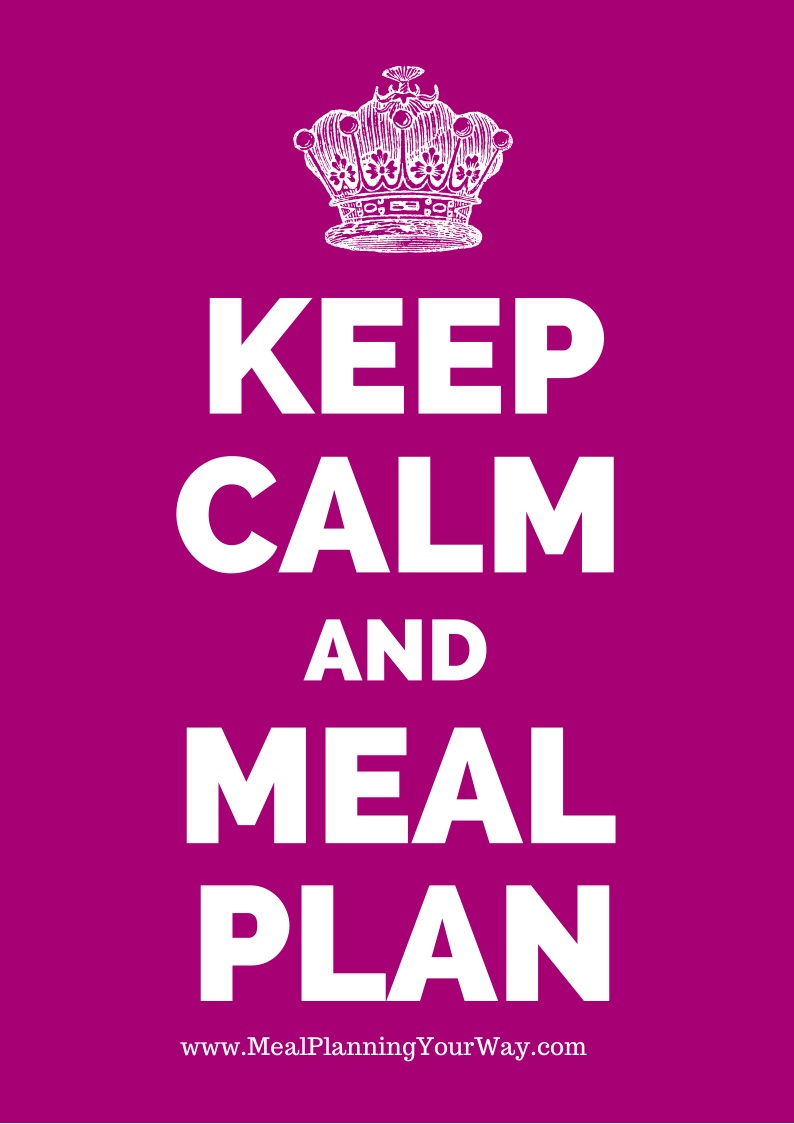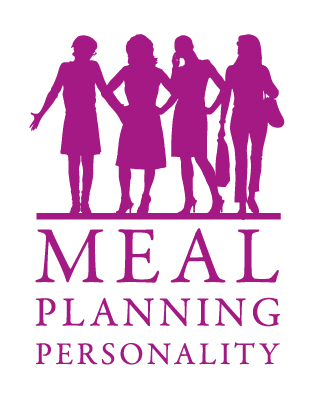
The US based Environmental Working Group (EWG) released on 12 November 2014 a list of Dirty Dozen Food Additives to Avoid, so to help us both I’ve put this into an Australian Context!
To put this into an AUSTRALIAN CONTEXT I’ve:
- reviewed the list
- put in the numbers
- noted what Additive Alert also recommends
- what else we need to know.
I was doing this research for myself as a Home Economist and the East Coast’s Additive Alert Community Talks Presenter anyhow and thought – hey YOU’LL NEED THIS TOO! It will help to make it easier when you read the article – so YOU don’t HAVE TO do the research yourself!!
So, when it comes to FOOD ADDITIVES here is what the Environmental Working Group (EWG) suggests we AVOID:
EWG SAYS AVOID Nitrates and nitrites
- These are Preservatives 249 (Potassium Nitrite), 250 (Sodium Nitrite), 251 (Sodium Nitrate).
- Additive alert also had these on the wallet card list of additives to avoid.
EWG SAYS AVOID Potassium bromate
- This is a flour treatment agent E924
- The good news is it is NOT used in Australia.
EWG SAYS AVOID Propyl paraben
- This is Preservative 216 (Propyl paraben).
- Additive alert also has this on the wallet card list of additives to avoid.
- Additive Alert *also* recommends avoiding: 218 (Methyl paraben)
EWG SAYS AVOID Butylated hydroxyanisole BHA
- This is an antioxidant also known as 320 (BHA).
- Additive alert also had these on the wallet card list of additives to avoid.
- Additive Alert *also* recommends avoiding: Antioxidant 319 (Tert-Butylhydroquinone TBHQ).
EWG SAYS AVOID Butylated hydroxytoluene BHT
- This is an antioxidant also known as 321 (BHT).
- Additive alert also had these on the wallet card list of additives to avoid.
- Additive Alert *also* recommends avoiding: Antioxidant 319 (Tert-Butylhydroquinone TBHQ).
EWG SAYS AVOID Propyl Gallate
- This is also an antioxidant: 310 (Proply gallate).
- Additive alert also had these on the wallet card list of additives to avoid.
- Additive Alert *also* recommends avoiding : 311 (Octyl gallate), 312 (Dodecyl gallate).
EWG SAYS AVOID Theobromine
- Cocoa beans and chocolate naturally contain theobromine with dark chocolate containing more than milk chocolate. It is also produced by the body when caffeine is metabolised.
- The EWG was suggesting that by having too much coffee/ chocolate we could be having more than what’s considered within safe limits.
- If you’ve heard that you shouldn’t give chocolate to dogs – THIS is the reason why – dogs metabolise theobromine more slowly so they can succumb to theobromine poisoning from a small amount of chocolate 🙁
EWG SAYS AVOID Flavour ingredients
- This generic terminology just causes confusion and is a loop hole! So avoid terms “flavours” as much as possible.
- This is something we talk about in the food additive talks too!
- Additive Alert *also* recommends avoiding these flavour enhancers: 621 (Monosodium L-glutamate MSG), 627 (Disodium 5\-guanylate), 631 (Disodium 5\’- inosinate), 635 (Disodium 5\’- ribonucleotides), 637 (Ethyl maltol).
- You might also like to avoid yeast extract, hydrolysed vegetable protein too.
EWG SAYS AVOID Artificial colours
- They are referring to 150 plus FD&C colours (Food, Drug and Cosmetic)
- 150’s – or Caramel tend to be linked to hyperactivity and hypersensitivity – and in the book Additive Alert it suggests you might like to consider avoiding this one too.
- The FD&C colours in the US *usually* correspond to these numbers and these are the ones Additive Alert also recommends avoiding and are also on the wallet card list of additives to avoid:
- 102 (Tartrazine), 104 (Quinoline Yellow), 110 (Sunset Yellow FCF), 122 (Azorubine or Carmosine), 123 (Amaranth), 124 (Ponceau 4R), 127 (Erythrosine), 129 (Allura Red AC), 132 (Indigotine), 133 (Brilliant Blue), 142 (Green S), 151 (Brilliant Black), 153 (Carbon Black), 155 (Brown HT), 173 (Aluminium), 174 (Silver), 175 (Gold)
- Additive Alert also recommends avoiding: 160b (Annatto)
EWG SAYS AVOID Diacetyl
- This is a butter flavour that first came to light when it caused issues for workers who work with this flavouring agent.
- Back in the early-mid 2000s when I used to work in health and safety I remember there were issues reported by workers working with popcorn – basically when the flavouring agent could be hazardous was when it was heated and inhaled over a long period.
- In the US it was identified that young, healthy, nonsmoking males who were working in workplaces that manufactured the flavouring agents were diagnosed with a rare and serious lung disease (diacetyl-induced bronchiolitis obliterans). Their Occupational Health Authority received lots of petitions from the unions to put in place higher standards for workers.
- When it comes to food though I’m still trying to work out if there is a number/ term to help find it on a label. I’m still investigating this one! 🙂
EWG SAYS AVOID Phosphate food additives
- There are a lot of phosphate food additives that have generally been regarded as safe – or don’t appear to have known problems.
- The biggest issue seems to be for people with kidney disease but there are now questions over cardiovascular risk being greater.
- EWG report there is a review happening and due out in 2018.
- Best tip – avoid processed fast foods as much as you can.
EWG SAYS AVOID Aluminium
- Sodium Aluminium Phosphate (541) is thought to release aluminium during digestion which can accumulate in the body and bones. There are question marks around its role in dementia.
- This is one that is not on the wallet card but it is noted in the back of the Additive Alert book as being suspect in terms of safety.
- Sodium aluminium sulfate (521) does not appear to be permitted for use in Australia.
What are the other Additives Additive Alert recommends avoiding?
- There are few more that we’d suggest you look at. These are the ones on the wallet card:
- Preservatives:
- 211 (Sodium Benzoate), 212 (Potassium Benzoate), 213 (Calcium Benzoate), 280 (Propionic Acid), 281 (Sodium Propionate), 282 (Calcium Proprionate)
- Gums:
- 407 (Carrageenan), 407A Processed eucheuma seaweed), 466 (Sodium carboxymethylcellulose)
- Sweeteners:
- 951 (Aspartame), 952 (Calcium cyclamate, sodium cyclamate), 954 (saccharin or calcium/sodium/potassium saccharin), 955 (sucralose)
- Others:
- 900 (Polydimethylsiloxane), 914 (oxidized polyethylene), 943 (a-butane, b-isobutane), 944 (propane), 950 (Acesulphame potassium), 1201 (polyvinylpyrrolidone), 1520 (Propylene glycol), 1521 (polyethylene glycol 8000).
In summary both the EWG and Additive Alert – and Meal Planning Your Way 🙂 recommend:
- Choose fresh foods that have been minimally processed
- Choose products with fewer ingredients
- Read labels
- Let manufactures know when you change your products!
I hope this has been really helpful – I found it helpful for me too!
Please share the article too!!
By the way here is the original information from EWG: http://www.ewg.org/research/ewg-s-dirty-dozen-guide-food-additives
You might be familiar with another great resource produced every year by the US based Environmental Working Group (EWG) – their Shopper’s Guide on which produce has higher levels of pesticide residue vs ones that don’t have as high levels. Check that list out HERE.











Comments on this entry are closed.